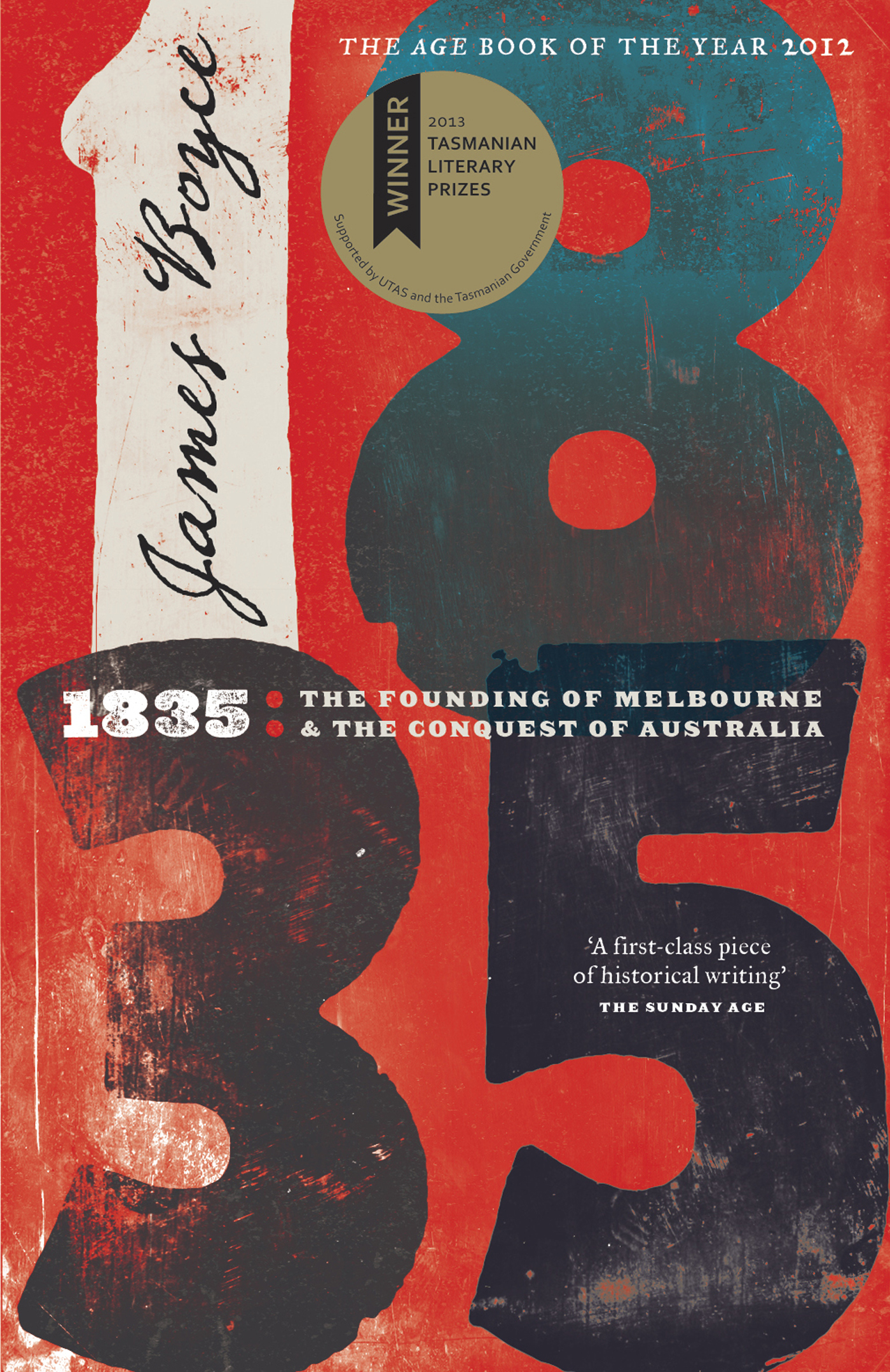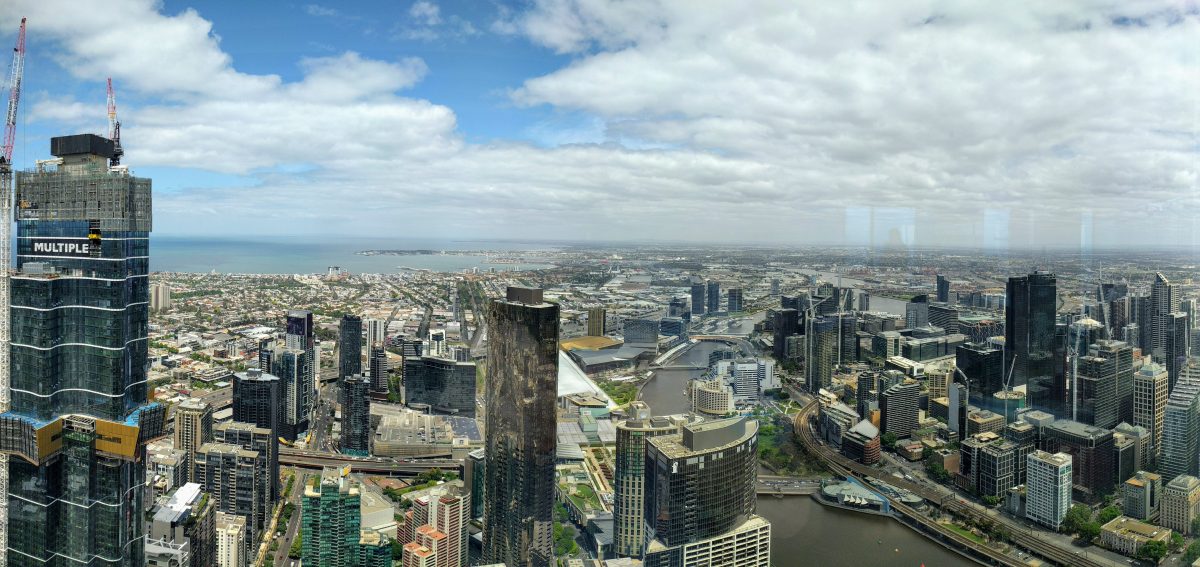The book begins by setting the scene for the settlement, discussing the geography of the region, the impact of other settlements in Van Diemen’s Land and Sydney, as well as the political conditions in London. It then moves onto the initial settlement, led by the Port Phillip Association, the treaty with the local indigenous people and the initial settlement. Building on from the initial settlement, Boyce explores the first year and the interactions with the indigenous people, including early conflict. After initially rejecting the idea of a new settlement, the Melbourne experiment is accepted, leading to explosive growth.
What was interesting about this book was how the settlement in Melbourne differed to that in Van Diemen’s Land. Whether it be the attempt to reject or deny any influence of convicts in Melbourne or the change in relations with the local indigenous people. The other thing that I had never really considered was the speed of impact that settlement had on local populations. I was always aware of the spread of disease, but it had never really occurred to me the impact on hunting and gathering of taking away the best land from grazing purposes. Made me think about all the supermarket’s were destroyed overnight and replaced with a field of vegetables. I imagine our lives would change pretty dramatically too. Although not necessarily questioning the settlement, as it was something that was always going to happen, Boyce asks the question of how things might have been done differently?
Part of the reason that the founding fables have endured is that there is truth and legitimate sentiment to be found in them. The speed with which Melbourne grew and Victoria was settled is, when seen from the victor’s perspective, ‘one of the romances of modern colonisation.’43 If anything, perhaps in part out of sensitivity to Aboriginal people, historians now tend to downplay what an extraordinary settlement story the founding of Melbourne represents.
Source: 1835 by James Boyce






